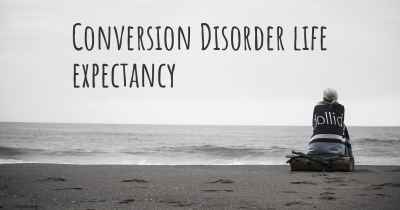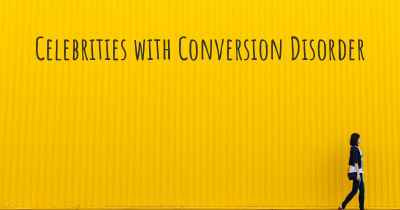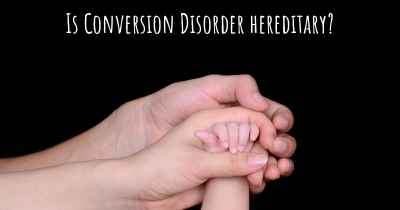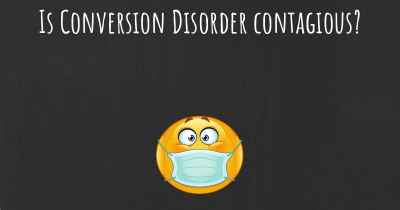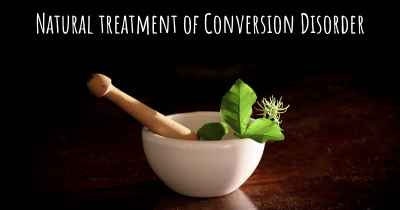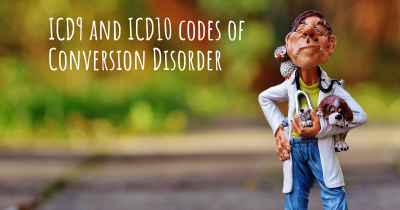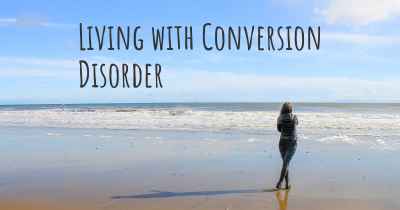What is the history of Conversion Disorder?
When was Conversion Disorder discovered? What is the story of this discovery? Was it coincidence or not?
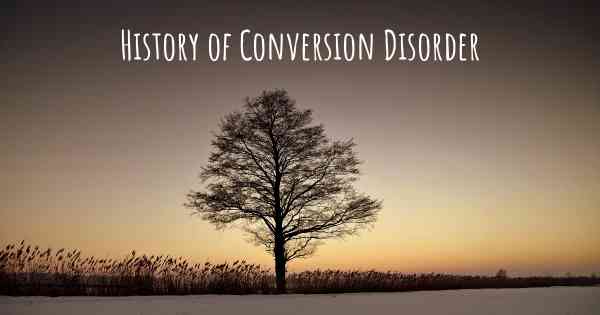
Conversion Disorder:
Conversion disorder, also known as functional neurological symptom disorder, is a condition characterized by the presence of physical symptoms that cannot be explained by any underlying medical condition or organic pathology. These symptoms often resemble those of a neurological disorder, such as paralysis, blindness, or seizures, but they do not have a physiological basis. Instead, they are believed to be the result of psychological distress or unresolved emotional conflicts.
Historical Background:
The history of conversion disorder dates back to ancient times, with references to similar symptoms found in ancient Egyptian, Greek, and Roman medical texts. However, it was during the late 19th and early 20th centuries that the disorder gained significant attention and recognition.
Charcot and Hysteria:
In the late 19th century, the French neurologist Jean-Martin Charcot played a crucial role in shaping our understanding of conversion disorder. Charcot was particularly interested in a condition known as hysteria, which encompassed a wide range of unexplained physical symptoms. He believed that hysteria was a neurological disorder and conducted extensive research on the subject.
Hypnosis and the Salpêtrière School:
Charcot's work at the Salpêtrière Hospital in Paris became renowned, and he used hypnosis as a therapeutic tool to induce and alleviate symptoms in his patients. He believed that hysteria was a result of a dysfunction in the nervous system and that hypnosis could help uncover and resolve the underlying psychological conflicts causing the symptoms.
Freud and Psychoanalysis:
Another influential figure in the history of conversion disorder is Sigmund Freud. Freud, who initially worked under Charcot's supervision, later developed his own theories on the condition. He believed that conversion disorder was a manifestation of unconscious psychological conflicts and coined the term "conversion" to describe the process of converting emotional distress into physical symptoms.
Psychodynamic Perspective:
Throughout the 20th century, the psychodynamic perspective dominated the understanding and treatment of conversion disorder. This perspective emphasized the role of unconscious conflicts and unresolved trauma in the development of physical symptoms. Psychoanalysis and other forms of talk therapy were commonly used to explore and address these underlying psychological issues.
Contemporary Understanding:
In recent years, the understanding and treatment of conversion disorder have evolved. While the psychodynamic perspective still holds some influence, there is growing recognition of the complex interplay between psychological and physiological factors in the development of symptoms.
Biopsychosocial Model:
The biopsychosocial model, which takes into account biological, psychological, and social factors, is now widely accepted as a more comprehensive framework for understanding conversion disorder. It acknowledges that both psychological distress and physiological vulnerabilities can contribute to the development and maintenance of symptoms.
Multidisciplinary Approach:
Contemporary treatment approaches for conversion disorder often involve a multidisciplinary team, including neurologists, psychiatrists, psychologists, and physical therapists. The focus is on addressing both the psychological and physical aspects of the condition through a combination of therapy, medication, and rehabilitation.
Conclusion:
The history of conversion disorder is intertwined with the development of our understanding of the mind-body connection. From Charcot's work on hysteria to Freud's psychoanalytic theories, the disorder has been a subject of fascination and debate. Today, a more holistic approach that considers the complex interplay between psychological and physiological factors guides the diagnosis and treatment of conversion disorder.
Posted Dec 15, 2017 by Tammy 2500
